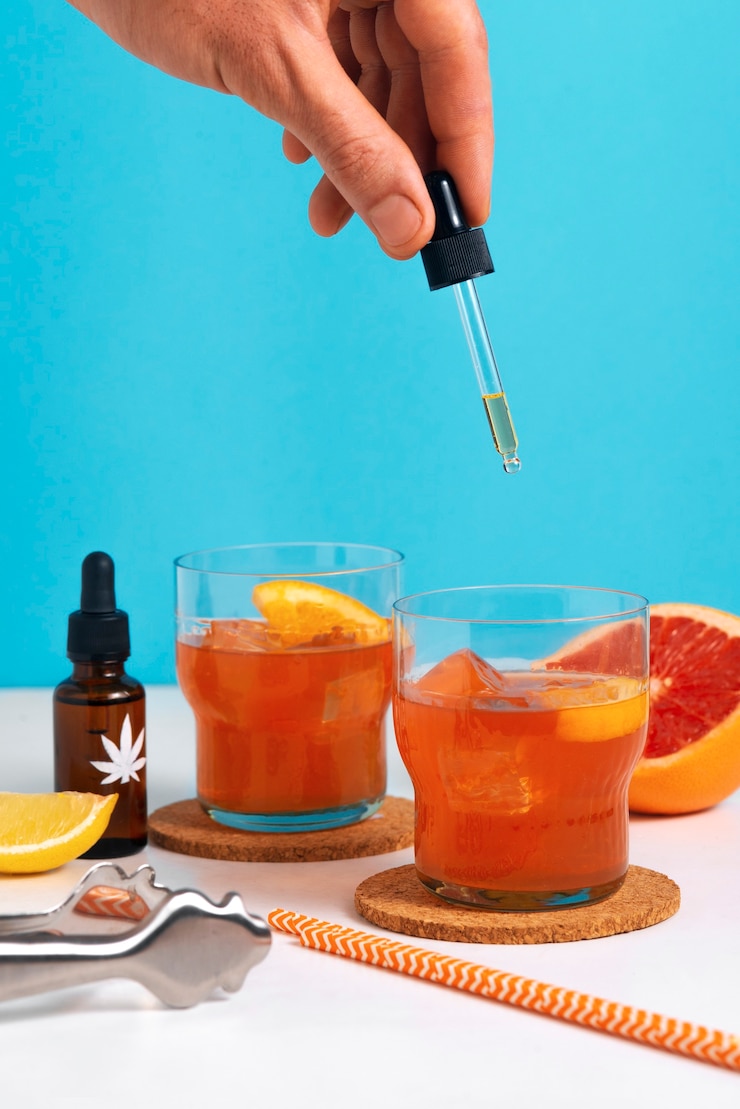
1. **CBD Explained: The Rise of a Wellness Trend**
2. **How CBD Captured the Spotlight in Modern Health**
3. **The CBD Boom: What It Is and Why Everyone’s Talking About It**
4. **From Obscurity to Mainstream: The Journey of CBD**
5. **CBD in Focus: Understanding Its Surge in Popularity**
Let me know if you’d like the tone to be more formal, playful, scientific, or tailored to a specific audience.
The cannabis industry is growing rapidly, and a big reason for that is the shift in how people view cannabis. For a long time, it was heavily criticized and criminalized, but now, more and more Americans support its legalization. As public opinion has evolved, so has the industry itself.
These days, you can find legal dispensaries offering a wide range of products, from CBD oils to THC vape pens. And with more states legalizing cannabis every year, the market is only expected to expand further. Some states are taking a gradual approach—starting with medical marijuana before moving to recreational use. For instance, in West Virginia, you need a medical marijuana card to legally use cannabis.
If you’re like most people, you might be a bit confused about what CBD actually is, what it does, or why it’s become so popular. CBD, short for cannabidiol, is a compound found in the cannabis plant. If you’re curious about trying it or just want to understand the different ways to use it, this guide is here to help.
Let’s start with the basics. Many people mix up CBD with cannabis in general, or even with THC, the compound that gets you high. But CBD is just one of over a hundred cannabinoids found in the plant, and it’s the second most active one after THC. While they’re similar in structure, they work very differently in the body. CBD is often used to help with anxiety, depression, and pain relief.
One of the most common questions people have is how CBD differs from THC. The key difference is that CBD doesn’t have the same intoxicating effects—so it won’t make you feel high. That said, it still affects the brain, just in a more subtle way.
To understand this better, it helps to look at how each compound interacts with the body. CBD increases levels of a natural chemical called anandamide, which can boost mood and pain tolerance. THC, on the other hand, mimics anandamide and binds tightly to certain brain receptors, leading to a more intense emotional response.
Another big question is about the benefits of CBD. While it’s not a miracle cure, it does offer some helpful effects. For example, it’s been shown to reduce symptoms of anxiety and depression. In one study, people who took CBD before speaking in public felt less anxious than those who didn’t. It’s also being used to manage chronic pain and has shown promise in treating seizures caused by rare forms of epilepsy.
Finally, if you’re thinking about trying CBD, you’ll be glad to know there are plenty of ways to take it. The method you choose depends on your lifestyle and what you’re using it for. If you want something quick and easy, a vape might be the way to go—especially if you’re using it to help with sleep. If you’re looking for longer-lasting effects, edibles could be a better fit. Just make sure to read up on how strong each method is so you can find what works best for you.